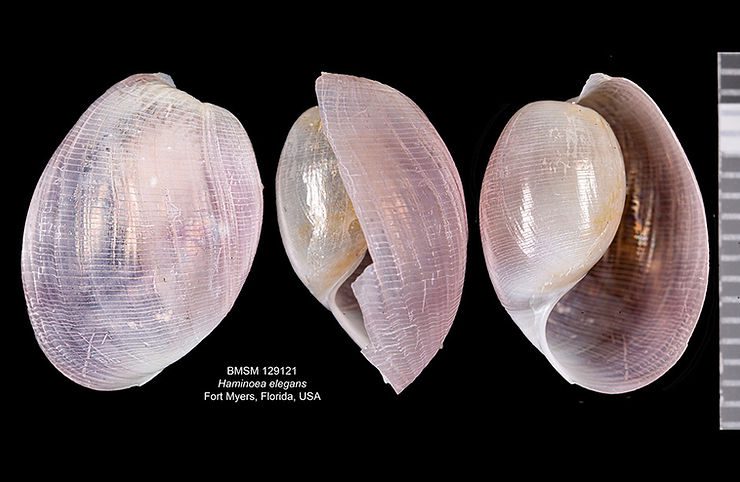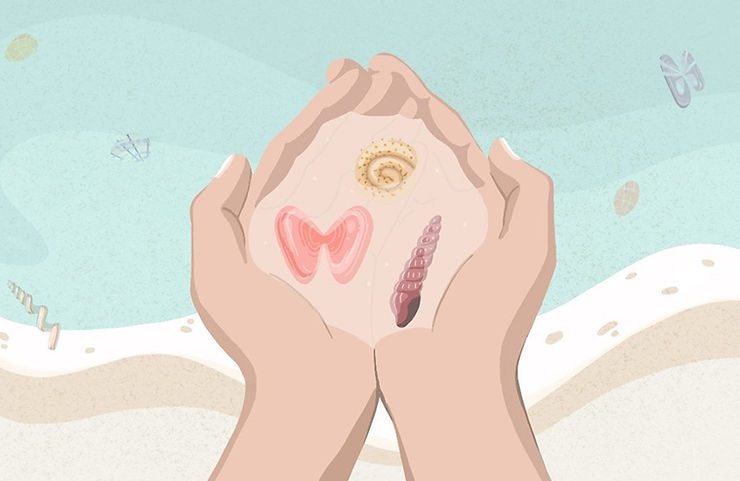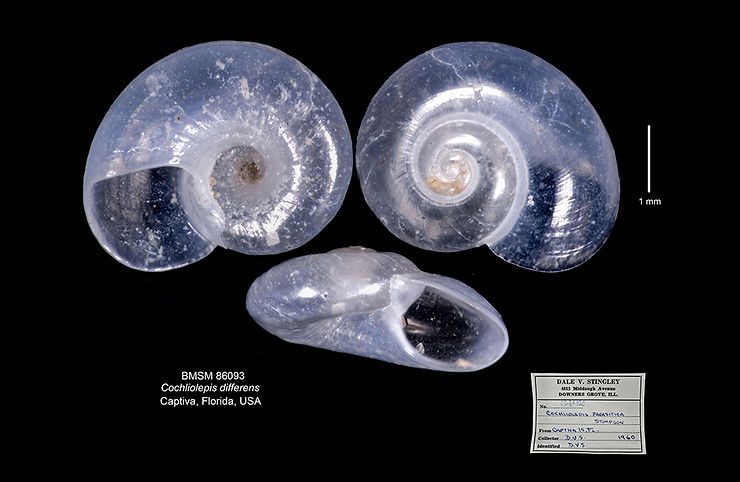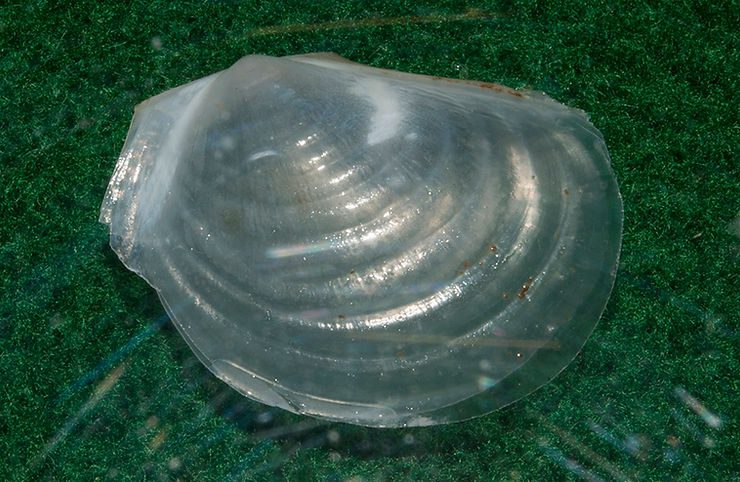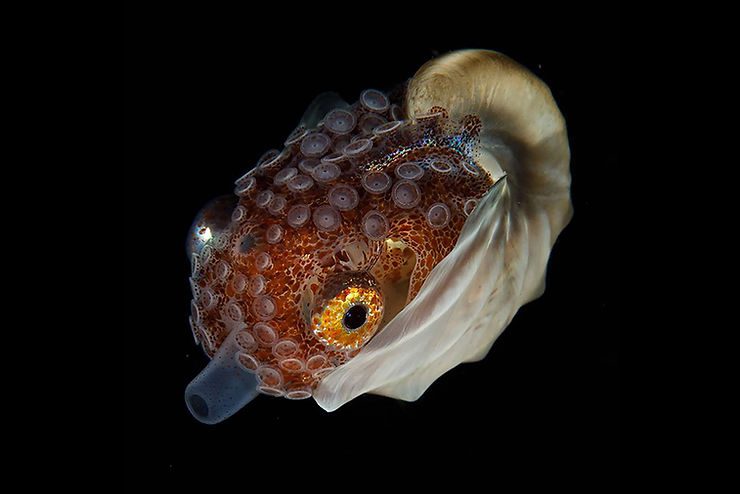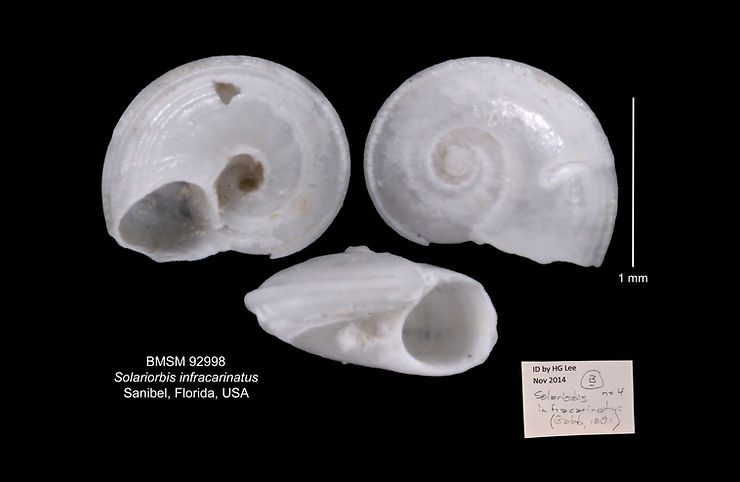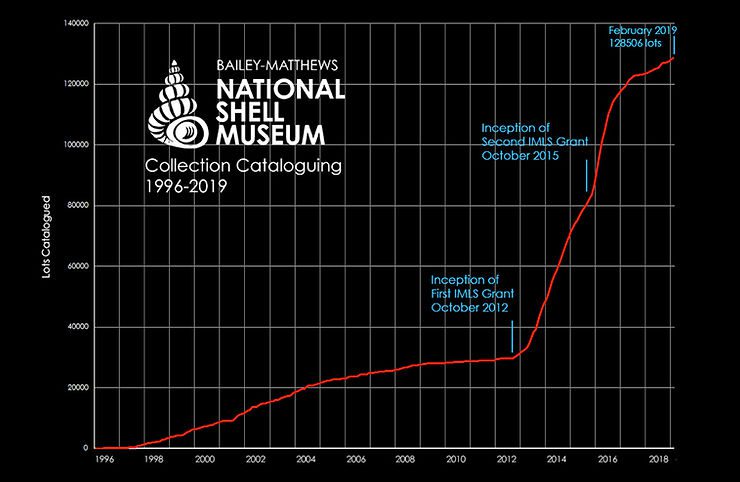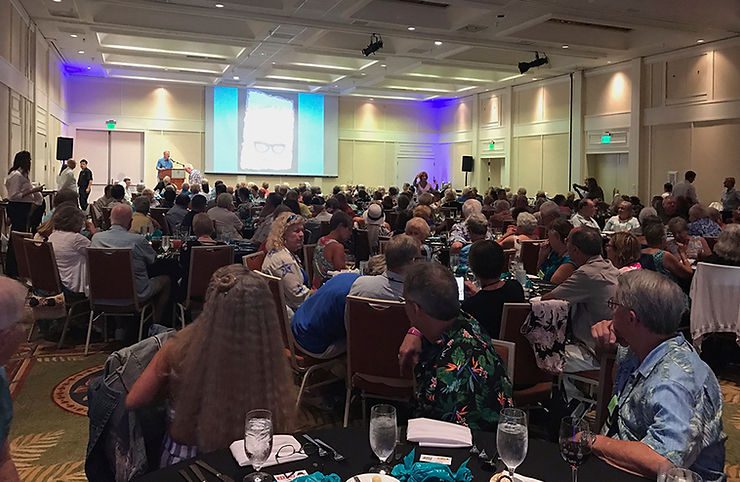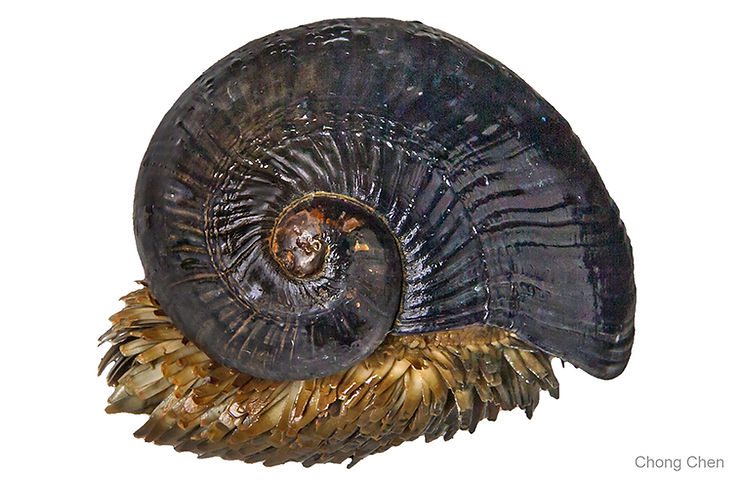
Out of Sight, But Not Out of Mind
Typically, deep-sea animals have not been the focus of conservation concerns, mostly because they are not readily observable and poorly known. In the past few years, scientists studying the animal communities that thrive around deep-sea hydrothermal vents started a discussion on the potential impact resulting from prospection for mining in those unique environments. Hydrothermal vent fields are “auditorium-sized” sites of underwater volcanic activity (usually down to 2.5–three miles in depth) wh
